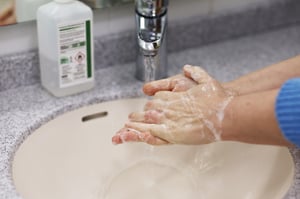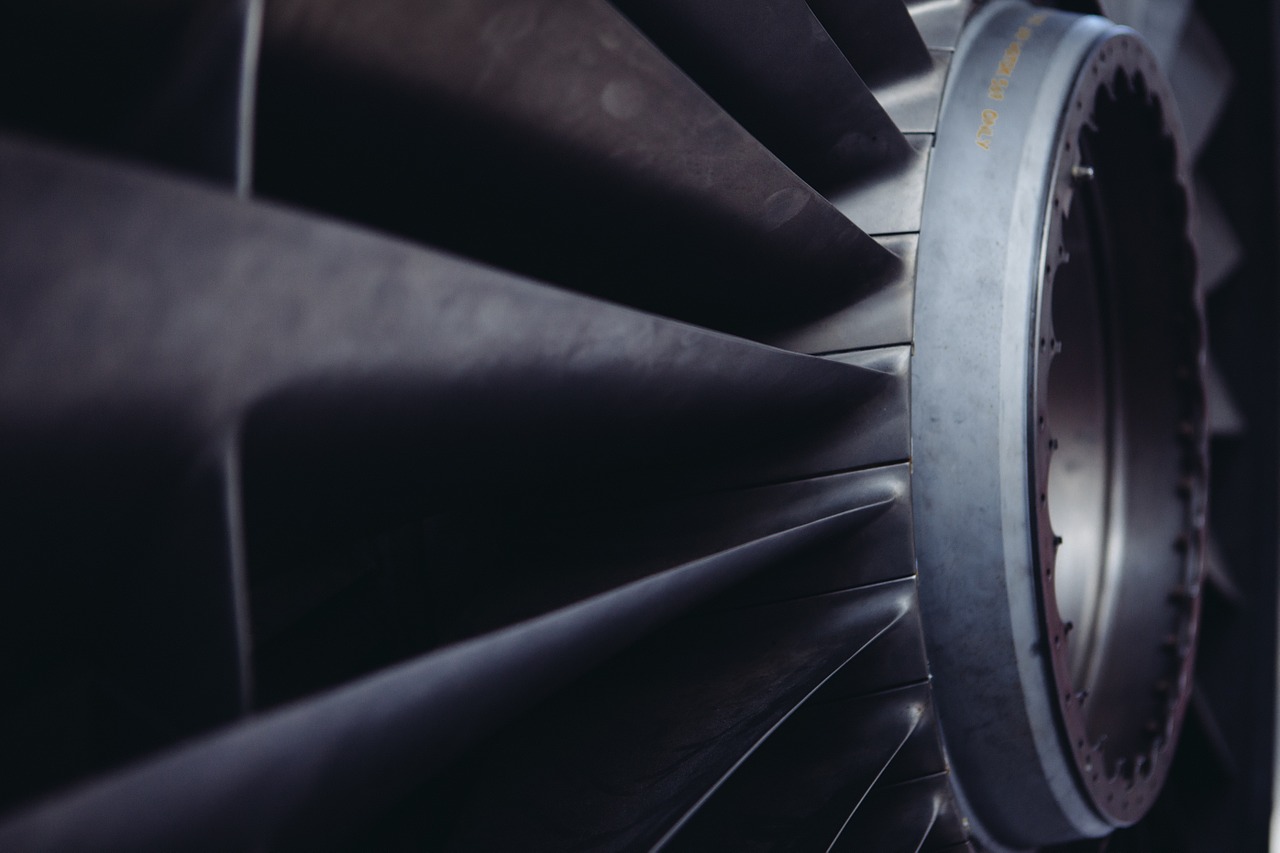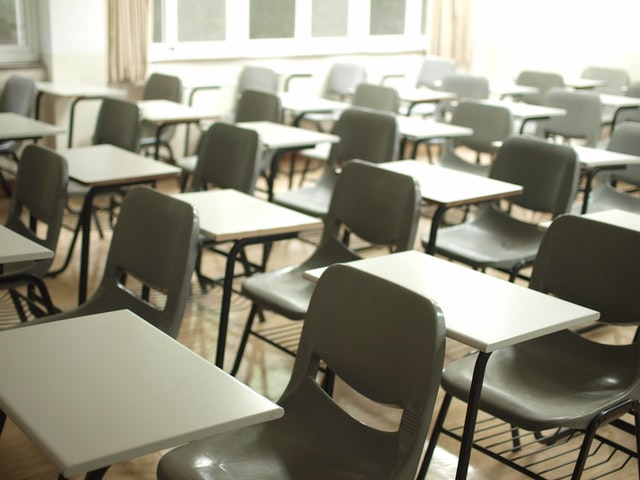Throughout the COVID-19 crisis, HVAC system recommendations have been a primary focus because of the impact they can have on mitigating the spread of the virus inside buildings. Since we saw a period of time when many buildings were completely vacant and unused, it’s important to ensure your water systems are also safe for occupants before reopening. The concern here is not the spread of the COVID-19 virus, but harmful pathogens such as Legionella (bacteria that can cause Legionnaire’s disease) that can grow in stagnant water.
This blog will discuss some of the recommendations for typical water systems when reopening a commercial building. These recommendations are a summary of what has been published by the Centers for Disease Control and Prevention (CDC) and the American Society of Plumbing Engineers (ASPE).
Domestic Hot Water Systems
 Domestic hot water systems provide hot water throughout your building. When a building is used frequently with a regular schedule, the water is flowing through the pipes and not left stagnant for long periods of time.
Domestic hot water systems provide hot water throughout your building. When a building is used frequently with a regular schedule, the water is flowing through the pipes and not left stagnant for long periods of time.
- If your building is vacant or partially vacant, it is recommended to keep your domestic hot water heating systems circulating, if possible, while maintaining storage temperatures above 140°F to avoid microbial growth. Do not let the circulating hot water temperature drop below 120°F.
- If building is vacant and hot water circulation has stopped, try to circulate once every two weeks for two hours at temperature while the building is closed. If the hot water recirculating system goes down for an extended duration, pull the strainers and do a high temperature flush before going back online. The flushing procedure consists of raising the hot water temperature to 160-170°F and maintaining it at that level while systematically flushing each outlet around the system. A minimum runtime of 5 minutes has been recommended by the CDC; however, the optimal flush time is not known and longer flush times may be necessary. (The possibility of scalding is very high during a hot water flush so please make sure the building is completely empty and place safety personnel and/or warning signs in appropriate locations.)
Potable Water Systems
.jpg?width=300&name=shttefan-GhmGy45ZEwQ-unsplash%20(1).jpg) All potable water (drinking water) systems in buildings that have been vacant or sporadically utilized for weeks or months must be thoroughly flushed prior to being put back into service. ASPE recommends the following two options for flushing the potable water system in your building:
All potable water (drinking water) systems in buildings that have been vacant or sporadically utilized for weeks or months must be thoroughly flushed prior to being put back into service. ASPE recommends the following two options for flushing the potable water system in your building:
- Option 1: Flushing the systems includes the concurrent opening of all water outlet valves, such as faucets and showers, and the flushing of all toilets and urinals. This will allow a high-velocity flow throughout the system to purge the stagnant water and ultimately improve water quality. Outlets at the greatest distance from the service connection should be allowed to flow a minimum of 10 minutes. Also, flush all drinking water fountains, water coolers, bottle fillers, and any other operable end point device for at least five minutes. Extreme care should be taken when flushing stagnant water systems as stagnant water is likely to contain Legionella and other pathogens. Personnel doing this work should be advised to open outlets slowly to avoid splashing and the creation of aerosols.
- Option 2: As an alternative to the above description of flushing the system, a chlorine mixture can also be used. If this approach is taken, we recommend working with an expert to determine how much chlorine should be used. After the mixture has been added, the system needs to be flushed with clean potable water until the chlorine is purged from the system. This process must be repeated if a bacteriological examination shows that contamination remains present in the system.
Additional potable water recommendations include:
- For ice makers, dispose of old ice in the equipment and thoroughly flush the water supply to the ice maker.
- Another best practice is the removal, cleaning, and disinfecting of end-point devices such as faucet aerators and drinking fountain filters per the manufacturer’s recommendations. This is particularly important if any disruption of supply pressure occurred or is suspected while the building was shut down. Pressure disruptions can dislodge particulates, including lead, which can get trapped in aerators and filters, spiking lead levels and reducing water quality.
Water Treatment Systems and Drinking Water Filters
If there are water treatment or filtration products used in your plumbing system, such systems may need to be flushed and regenerated. It is possible for bacteria to grow in water filters under stagnant water conditions, so replacing water filters is highly recommended.
Looking Forward
As we see businesses choosing to keep their employees working remote, we may see buildings stay vacant or partially vacant well past this pandemic. If this is the case, it is critical to develop a water management plan for your building to ensure all water system end uses are safe to use.


